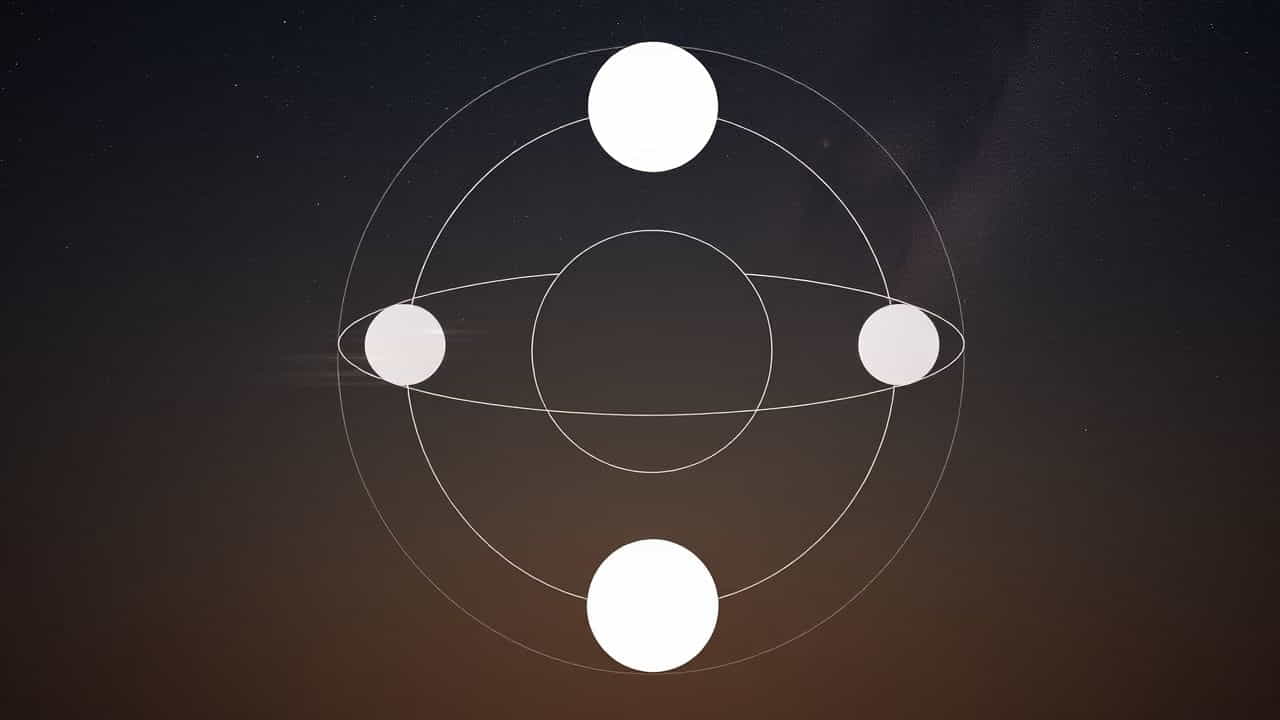Venus, the second planet from the Sun, has fascinated astronomers for centuries. In the heliocentric system, where the Sun is at the center of the solar system, Venus plays a crucial role in helping us understand planetary motion, atmospheric conditions, and even Earth’s past and future.
In this topic, we will explore Venus’s position, orbit, composition, and significance in the heliocentric model.
What Is the Heliocentric System?
The heliocentric model, proposed by Nicolaus Copernicus in the 16th century, describes the Sun as the center of the solar system, with planets, including Venus, orbiting around it. This theory replaced the earlier geocentric model, which placed Earth at the center.
Venus, being one of the inner planets, has an orbit that lies between the Sun and Earth, making it a key object in confirming the heliocentric theory.
Venus’s Position in the Solar System
Venus is the second planet from the Sun, located between Mercury and Earth. Some key facts about Venus’s position include:
-
Average Distance from the Sun: 108.2 million km (67.2 million miles)
-
Orbital Period: 225 Earth days
-
Rotation Period: 243 Earth days (longer than its year!)
-
Axial Tilt: 177.4° (rotates backward compared to most planets)
Because of its thick atmosphere and high reflectivity, Venus is one of the brightest objects in the night sky.
The Orbit of Venus in the Heliocentric Model
1. How Venus Orbits the Sun
Venus follows an elliptical orbit around the Sun, but it is one of the most circular orbits among planets. Unlike Mercury, which has a highly eccentric orbit, Venus’s orbit is nearly perfectly round.
-
Eccentricity: 0.0067 (almost circular)
-
Average Orbital Speed: 35 km/s
-
Inferior Conjunction: When Venus is between the Earth and the Sun
-
Superior Conjunction: When Venus is on the opposite side of the Sun
2. Venus’s Phases and Galileo’s Observations
One of the strongest pieces of evidence for the heliocentric model came from Galileo Galilei’s observations of Venus’s phases. Using a telescope, he discovered that Venus goes through phases like the Moon, which can only be explained if it orbits the Sun, not Earth.
These phases include:
-
New Venus (not visible)
-
Crescent Venus (visible near sunset or sunrise)
-
Quarter Venus (half-lit)
-
Full Venus (on the opposite side of the Sun)
Galileo’s findings were crucial in proving Copernicus’s heliocentric theory.
Venus’s Retrograde Rotation
One of the most unusual features of Venus is its retrograde rotation it spins backward compared to most planets.
-
Most planets rotate counterclockwise (like Earth), but Venus rotates clockwise.
-
One day on Venus is longer than its year (243 Earth days vs. 225 Earth days).
Scientists believe this strange motion was caused by a massive collision in the early solar system, altering its rotation.
Why Is Venus Important in the Heliocentric System?
Venus plays a vital role in astronomy, planetary science, and understanding Earth’s evolution.
1. Venus as Earth’s Twin
Venus is often called Earth’s twin because of its similar size, mass, and composition. However, their atmospheres and surface conditions are vastly different.
| Feature | Earth | Venus |
|---|---|---|
| Atmosphere | 78% nitrogen, 21% oxygen | 96% carbon dioxide |
| Surface Temperature | 15°C (59°F) avg. | 467°C (872°F) avg. |
| Water Presence | Abundant | Almost none |
| Magnetic Field | Strong | Weak |
Studying Venus helps us understand climate change, greenhouse effects, and planetary evolution.
2. Venus’s Role in Transit Events
The Transit of Venus, where Venus passes directly between Earth and the Sun, is a rare event that occurs in pairs separated by over 100 years.
These transits helped scientists in the 18th century determine the distance between Earth and the Sun with great accuracy, refining our understanding of the heliocentric system.
3. Venus and the Greenhouse Effect
Venus has the most extreme greenhouse effect in the solar system. Its thick atmosphere traps heat, making it hotter than Mercury, even though Mercury is closer to the Sun.
This serves as a warning for Earth’s potential climate future if greenhouse gases continue to rise.
Exploration of Venus in the Heliocentric System
1. Space Missions to Venus
Venus has been explored by multiple space missions, providing valuable data on planetary atmospheres and surface conditions.
-
Mariner 2 (1962) – First successful flyby of Venus.
-
Venera Missions (1961-1984) – Soviet landers sent back the first surface images.
-
Magellan (1989-1994) – Mapped Venus using radar.
-
Parker Solar Probe (2018-Present) – Uses Venus for gravity assists.
Future missions, like NASA’s VERITAS and ESA’s EnVision, aim to study Venus’s volcanism, tectonics, and atmosphere in more detail.
2. Could Venus Have Supported Life?
Some scientists believe Venus may have had oceans in the distant past. However, due to a runaway greenhouse effect, the water evaporated, leaving behind a hostile environment.
Recent discoveries of phosphine gas in Venus’s atmosphere have raised questions about the possibility of microbial life in its cloud layers.
Venus is a key planet in the heliocentric system, offering vital insights into planetary motion, atmospheric science, and climate change. Its orbit, phases, and extreme conditions have helped astronomers confirm the Sun-centered model of the solar system.
From Galileo’s observations to modern space missions, Venus continues to be a fascinating subject of exploration. Studying Venus not only helps us understand our solar system but also provides important lessons about Earth’s past, present, and future.
As we continue to explore the universe, Venus will remain one of the most mysterious and important planets in our cosmic neighborhood.
